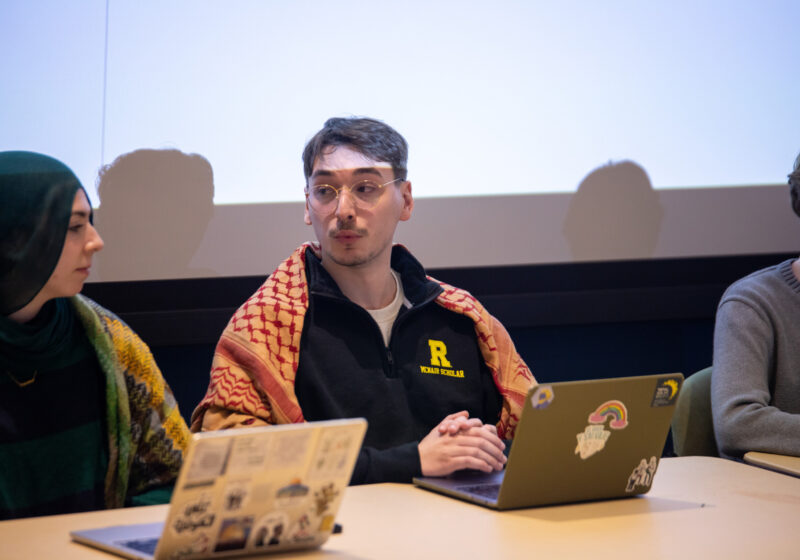While walking through a major airport about three years ago, I made the mistake of stopping at one of the bright yellow Rosetta Stone booths for directions. I asked them where to find the Ben & Jerry’s, already debating the ways that a fudge sundae would ease the soul crushingly boring seven hour layover I was enduring. They cheerfully replied that now was really the best time in my life to start learning a new language, and that Rosetta is an investment in the future.
I didn’t understand how that would ease my layover – I was just looking for ice cream.
They explained that this technique was proven, and that it could be mine for a price comparable to my international airline fare. Sensing that the conversation wasn’t going anywhere, I issued a hasty apology and departed to question the sunglasses booth, flicking business cards out of my various orifices and vowing to never buy what appeared to be the software equivalent of a lamprey.
But they must have been more persuasive than I thought, as I ended up purchasing a copy of their French edition a couple months later. It wasn’t entirely unsuccessful either – I still joke to my friends that I learned the same amount of French in four weeks on my computer that I did in three years of Chinese classes.
Since then, I’ve sworn by software rather than coursework, even though I’ve stuck with it to about the same extent that most people remember to floss. Software learning isn’t for everyone – it takes a degree of dedication and patience, and the “sale” price of $500+ of the Rosetta Stone products is still about as appealing as a discount colonoscopy. But these days, there are so many free alternatives to Rosetta that there isn’t an excuse not to at least try software, especially if your only alternative is a multi-thousand dollar college course.
Duolingo, a small startup company for online and mobile language learning, has especially caught my interest. Paying the equivalent to your rent on what is essentially a simple point and click, picture-puzzle game sucks, and I’d always wondered when some clever upstart or open source project would assemble itself to take down the big leagues.
Duolingo seems to be that program – it’s completely free, basing its business model around the idea that students, in the process of taking their lessons, will translate articles for real companies who pay the Duolingo for the service.
Buzzfeed seems convinced – they’ve recently signed a multi-million dollar contract with the app (which sounds a bit ambiguous to me… do we really need the “5 Vines That Will Make You LOL” in every language?). But if it becomes genuinely successful, I’m sure we’ll see others join as well.
The advantage is that Duolingo certainly looks like a paid program, with a clean interface and an intuitive learning process, although the selection of languages is a bit sparse – the only current offerings are French, Spanish, Italian, German and Portuguese. And though they’ve recently unveiled an “incubator” that crowdsources the creation of new language courses, these mostly teach English, rather than new courses for English-speakers. I’d guess that to millions of Asian and European students who want to learn English, Duolingo is an enticing prospect, as is recruiting them to spread the “15 Most Adorable Cat Gifs Of The Year” to all corners of the globe.
It’s hard not to question if the real goal here is teaching the language or translating enough material that the teaching becomes unnecessary – the web is a homogenizing force, and having every language be interchangeable with English might have poor implications for countries trying to retain their cultural and language heritage.
But if none of that bothers you, and you’d like to keep your rent jar full and your health bill devoid of business-card syphilis, the program is still good, still free, and is getting better all the time. I’d encourage you to check it out if you’d like to see how it works for yourself, or if you’re simply interested in being part of this translation business as it evolves. I, for one, will be interested to see how it goes.
Copeland is a member of the class of 2015.



